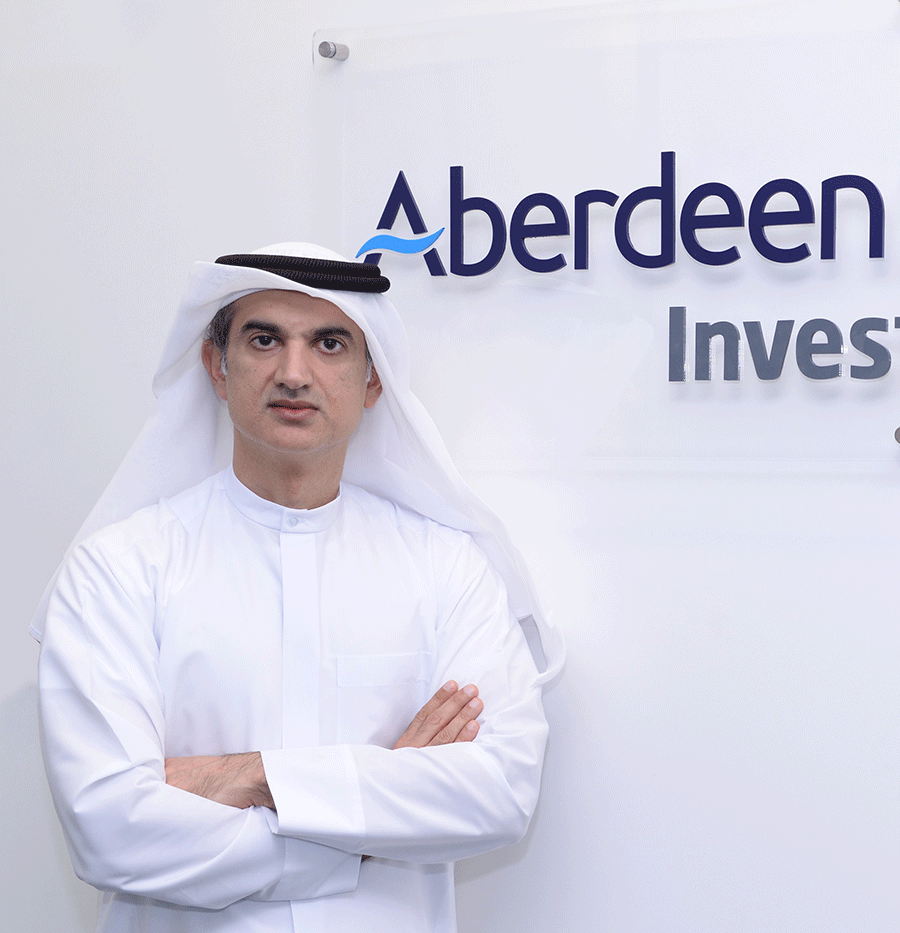Investors based in the region play an important role in helping the drive towards net zero 2050 as they must challenge the corporate pledges to reduce emissions, according to investment experts at Aberdeen Standard Investments (ASI).
A growing numbers ofcountries, cities and companies in MENA and around the world have pledged to become net zero by 2050 to meet the goals of the Paris agreement. Global estimates suggest, collectively, these net-zero pledges represent nearly 25% of world emissions and 50% of global output.
In some sectors, cost-effective technologies exist to cut greenhouse gas emissions to zero through electrification. However, for industries like aviation, construction materials and agriculture, reducing emissions to zero will be technically complex, impossible or prohibitively expensive, and so residual emissions will remain.
In July Saudi Aramco, the world’s biggest oil company,pledged to reduce the carbon intensity of their fossil fuel production to between 20 and 21kg of carbon dioxide per barrel of crude by 2025, or 13% below 2017 levels. The pledge is part of its commitment to the Oil and Gas Climate Initiative (OGCI) which includes Shell, BP and ExxonMobil*.And earlier this year Etihad Airways committed to a minimum target of zero net carbon emissions by 2050 and halving of its 2019 net emission levels by 2035*.
Eva Cairns, ESG Investment Analyst at ASI said: “The concept of net zero means these residual emissions need tobe removed from the atmosphere through negative-emission technologies, including carbon capture and storage, or natural carbon sinks such as forests.
“However, many negative-emission technologiescannot currently operate at scale, so companies may pledge net zero to signal their future intentions.This makes it difficult to hold companies to account for emission reductions.
“Moreover, the extent of negative emissions required to satisfy the Paris agreement depends on the climate change scenario chosen and assumptions about policy and technological developments. Hence, there is huge uncertainty on how exactly we mightattain net zero.
“To help investorsunderstand the substance behind net-zero pledges, it is useful to understand the scope; genuine emission reduction versus offsets; and, if pledges are reflected in today’s actions.”
Most businesses pledge net zero on their Scope 1 and 2 emissions -the direct emissions from their operations and energy consumption. ButScope 3 emissions, which includes upstream supply chain emissions and downstream emissions from products sold, must also be considered.
In sectors like oil and gas, automobiles and financial services, most of the emissions are Scope 3. For example, 85% of oil and gas emissions are Scope 3. Companies have no direct control over these emissions and largely rely on policymakersto set the right incentives.
Some companies choose to offset their emissions through voluntary offsetting schemes, but credibility is crucial and any offsetting scheme must meet specified criteria to be externally verified.
Eva continued: “One issue is that it’s currently far cheaper to offset emissions than to invest in sustainable long-term solutions that will genuinely reduce carbon. However, expected growth in demand for offsets should ultimately push up the price to the optimal Paris-aligned figure.
“For example, in 2019, EasyJet announced it was offsetting its flight emissions over three years for £25million per year. This equates to £3 per tonne of CO2 – a cheap way out.While arguably better than nothing, could the £25million be spent more effectively on advancing decarbonisation solutions for the industry?
“Another problem is that around 60% of all offset schemes require land. Shell estimates that, for the energy sector alone, an area about the size of Brazil would need to be reforested to reach netzero by 2070. There are also social implications, given people may need to be displaced to enable such large-scale planting.”
Edris Alrafi, Head of Middle East & Africa for ASI said– “Many governments in the region have pledged towards the net zero 2050 commitments and have developed sustainable visions for the country that organisations and businesses must align to, thereby helping to create one unified drive towards net zero.
“However, active investors in MENAalso have an important role in challenging the alignment of projects to net-zero pledges by asking how targets have been factored into capital investment decision-making.
“It’s imperative companies show how their net-zero targets are split into actual emission reductions (Scope 1, 2 and 3) versus negative emissions, including the role of voluntary offsetting schemes. And, critically, how their capital expenditure plans are aligned to those targets.
“Those invested in companies with empty pledges face stranded-asset, carbon and reputational risks. Taken alongside inadequate country commitment, the biggest risk of empty pledges is the effect on our planet and future generations. All these pledges create the sense that much more is happening than thereactually is, but we cannot limit global warming without credible action plans.And, if we think targets are not credible, we must hold companies to account through active engagement and voting.”



